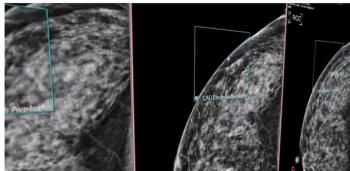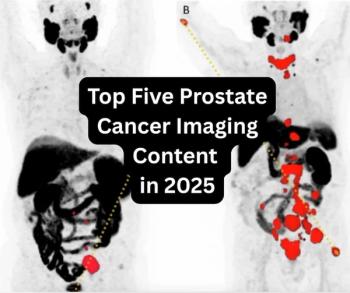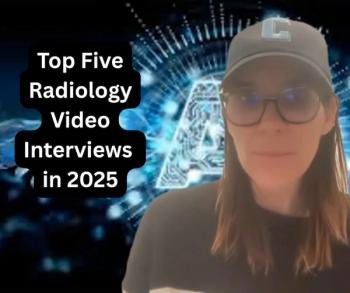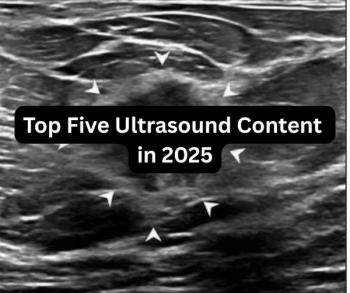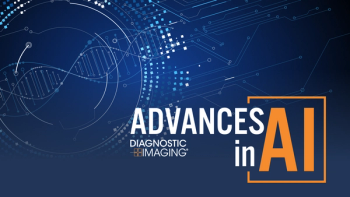
Snowboarders face different injuries from skiers
Despite the image of young snowboarders recklessly bombing downhill, the popular sport actually has no greater percentage of injuries than does skiing. Snowboarders have their own types of injuries, however, related to factors unique to the sport.
Despite the image of young snowboarders recklessly bombing downhill, the popular sport actually has no greater percentage of injuries than does skiing. Snowboarders have their own types of injuries, however, related to factors unique to the sport.
Until five years ago, many doctors failed to recognize the differences in injuries between snowboarding and downhill skiing, according to Dr. Klaus Dann, a sports medicine specialist at Top-Med. His practice has an average of 100 snowboarding patients per year.
Common to beginners is a wrist injury that occurs when they fall backward or forward onto a hyperextended wrist, said Dann, an avid athlete in Vienna, Austria. Novice snowboarders often fall while learning to balance on a board without ski poles for support, but these injuries represent a small percentage of the total related to the sport.
There are about 10 million snowboarders around the world, and all are susceptible to clavicle fractures, rotator cuff strains, and acromioclavicular joint dislocations. Radiographic evaluation for a possible fracture is justified in shoulder injuries when an attempt to reduce the dislocation has failed.
"For shoulder injuries, we tend to use MRI, if there is a situation that might be complicated," Dann said.
Dann recommends CT in cases that are directly related to sprains and fractures in the front leg on the board, when stress in placed on the leading leg and the boarder is wearing a soft boot.
Fractures of the lateral process of the talus are known in some quarters as "snowboarder's fracture" because they are seen far more often among the sport's enthusiasts than in the general population.
"Standard radiology methods are not as accurate, so many professionals prefer to use CT, as it provides a better image in cases such as subankle injuries," he said.
More experienced snowboarders have different types of injuries, as they try to perfect stunts known as "Hospital-Air." These aerial tricks cause various injuries due to the radical extension of limbs, the brutal pounding applied to internal organs, and inadequate or lack of specialized equipment.
"While there are similarities among injuries, each case is unique. The key to proper diagnosis is using the best method per case, rather than generalized procedures," Dann said.
For more information from the Diagnostic Imaging archives:
Newsletter
Stay at the forefront of radiology with the Diagnostic Imaging newsletter, delivering the latest news, clinical insights, and imaging advancements for today’s radiologists.

